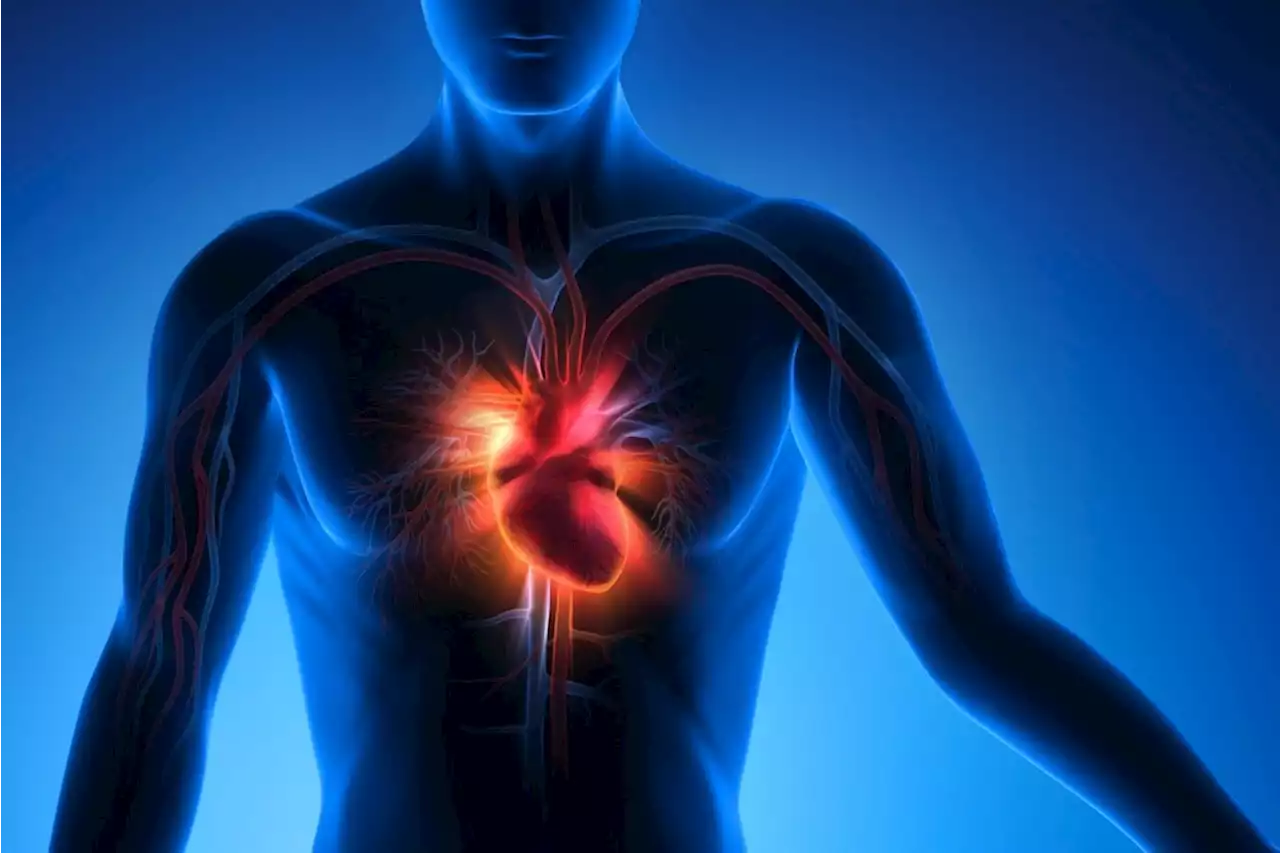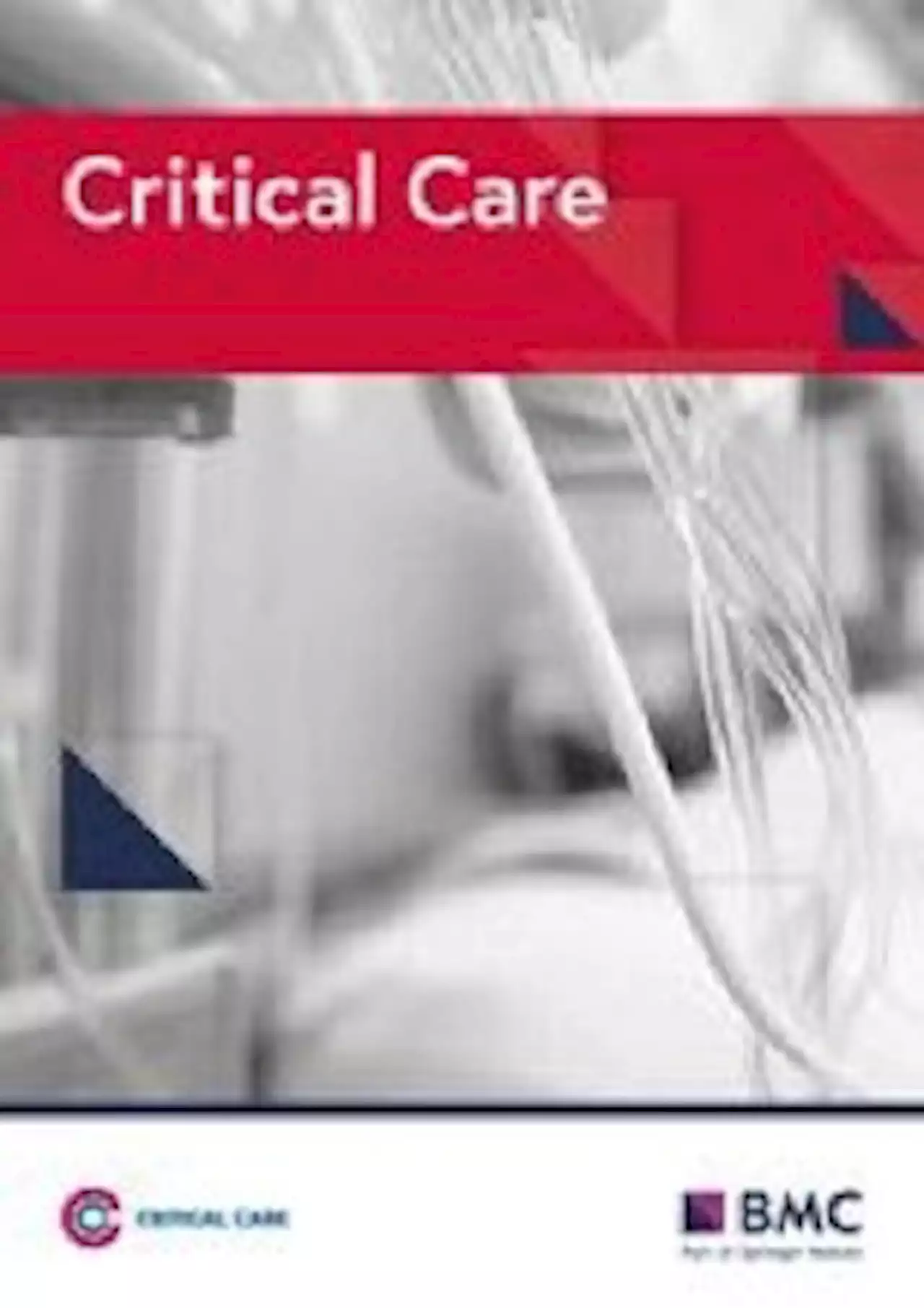Covid experts give their predictions for Christmas as two new sub variants found in UK
The number of people testing positive rose by just 40,000 to 2.05million in the week to October 17 - a mere 2 per cent rise from the week before.
“It remains too early to say from the data whether we are seeing a turning point in the level of infections – which remain high across the countries," she said.The sub-strains, BQ.1 and XBB, are descendants ofBQ.1 is a highly transmissible off-shoot of the omicron subvariant BA.5.XBB - a combination of the Omicron substrains BA.2.75 and BA.2 - was first reported in India in August.
United Kingdom Latest News, United Kingdom Headlines
Similar News:You can also read news stories similar to this one that we have collected from other news sources.
 The impact of genetic and lifestyle factors on the risk of major cardiovascular and thromboembolic events post-COVID-19 diagnosisThe impact of genetic and lifestyle factors on the risk of major cardiovascular and thromboembolic events post-COVID-19 diagnosis medrxivpreprint UniofOxford LSHTM Cambridge_Uni ErasmusMC
The impact of genetic and lifestyle factors on the risk of major cardiovascular and thromboembolic events post-COVID-19 diagnosisThe impact of genetic and lifestyle factors on the risk of major cardiovascular and thromboembolic events post-COVID-19 diagnosis medrxivpreprint UniofOxford LSHTM Cambridge_Uni ErasmusMC
Read more »
 Two cough symptoms could indicate Covid infection - including 'thick' phlegmThe current coronavirus wave is being driven by a number of variants that have been circulating for several months.
Two cough symptoms could indicate Covid infection - including 'thick' phlegmThe current coronavirus wave is being driven by a number of variants that have been circulating for several months.
Read more »
 Different epidemiology of bloodstream infections in COVID-19 compared to non-COVID-19 critically ill patients: a descriptive analysis of the Eurobact II study - Critical CareBackground The study aimed to describe the epidemiology and outcomes of hospital-acquired bloodstream infections (HABSIs) between COVID-19 and non-COVID-19 critically ill patients. Methods We used data from the Eurobact II study, a prospective observational multicontinental cohort study on HABSI treated in ICU. For the current analysis, we selected centers that included both COVID-19 and non-COVID-19 critically ill patients. We performed descriptive statistics between COVID-19 and non-COVID-19 in terms of patients’ characteristics, source of infection and microorganism distribution. We studied the association between COVID-19 status and mortality using multivariable fragility Cox models. Results A total of 53 centers from 19 countries over the 5 continents were eligible. Overall, 829 patients (median age 65 years [IQR 55; 74]; male, n = 538 [64.9%]) were treated for a HABSI. Included patients comprised 252 (30.4%) COVID-19 and 577 (69.6%) non-COVID-19 patients. The time interval between hospital admission and HABSI was similar between both groups. Respiratory sources (40.1 vs. 26.0%, p | 0.0001) and primary HABSI (25.4% vs. 17.2%, p = 0.006) were more frequent in COVID-19 patients. COVID-19 patients had more often enterococcal (20.5% vs. 9%) and Acinetobacter spp. (18.8% vs. 13.6%) HABSIs. Bacteremic COVID-19 patients had an increased mortality hazard ratio (HR) versus non-COVID-19 patients (HR 1.91, 95% CI 1.49–2.45). Conclusions We showed that the epidemiology of HABSI differed between COVID-19 and non-COVID-19 patients. Enterococcal HABSI predominated in COVID-19 patients. COVID-19 patients with HABSI had elevated risk of mortality. Trial registration ClinicalTrials.org number NCT03937245 . Registered 3 May 2019.
Different epidemiology of bloodstream infections in COVID-19 compared to non-COVID-19 critically ill patients: a descriptive analysis of the Eurobact II study - Critical CareBackground The study aimed to describe the epidemiology and outcomes of hospital-acquired bloodstream infections (HABSIs) between COVID-19 and non-COVID-19 critically ill patients. Methods We used data from the Eurobact II study, a prospective observational multicontinental cohort study on HABSI treated in ICU. For the current analysis, we selected centers that included both COVID-19 and non-COVID-19 critically ill patients. We performed descriptive statistics between COVID-19 and non-COVID-19 in terms of patients’ characteristics, source of infection and microorganism distribution. We studied the association between COVID-19 status and mortality using multivariable fragility Cox models. Results A total of 53 centers from 19 countries over the 5 continents were eligible. Overall, 829 patients (median age 65 years [IQR 55; 74]; male, n = 538 [64.9%]) were treated for a HABSI. Included patients comprised 252 (30.4%) COVID-19 and 577 (69.6%) non-COVID-19 patients. The time interval between hospital admission and HABSI was similar between both groups. Respiratory sources (40.1 vs. 26.0%, p | 0.0001) and primary HABSI (25.4% vs. 17.2%, p = 0.006) were more frequent in COVID-19 patients. COVID-19 patients had more often enterococcal (20.5% vs. 9%) and Acinetobacter spp. (18.8% vs. 13.6%) HABSIs. Bacteremic COVID-19 patients had an increased mortality hazard ratio (HR) versus non-COVID-19 patients (HR 1.91, 95% CI 1.49–2.45). Conclusions We showed that the epidemiology of HABSI differed between COVID-19 and non-COVID-19 patients. Enterococcal HABSI predominated in COVID-19 patients. COVID-19 patients with HABSI had elevated risk of mortality. Trial registration ClinicalTrials.org number NCT03937245 . Registered 3 May 2019.
Read more »
 Michelin-starred Star Inn The Harbour to close with Andrew Pern blaming Scarborough Council's lack of supportWhitby’s Michelin-listed Star Inn the Harbour is to close on November 12 with restaurateur Andrew Pern blaming Scarborough Council for its lack of support through Covid.
Michelin-starred Star Inn The Harbour to close with Andrew Pern blaming Scarborough Council's lack of supportWhitby’s Michelin-listed Star Inn the Harbour is to close on November 12 with restaurateur Andrew Pern blaming Scarborough Council for its lack of support through Covid.
Read more »
 Effects of SARS-CoV-2-associated stress among pregnant women on development of fetus brainEffects of SARS-CoV-2-associated stress among pregnant women on development of fetus brain Brain SARSCoV2 Stress Coronavirus Disease COVID Neurology medrxivpreprint ChildrensLA PittTweet KeckMedUSC
Effects of SARS-CoV-2-associated stress among pregnant women on development of fetus brainEffects of SARS-CoV-2-associated stress among pregnant women on development of fetus brain Brain SARSCoV2 Stress Coronavirus Disease COVID Neurology medrxivpreprint ChildrensLA PittTweet KeckMedUSC
Read more »
